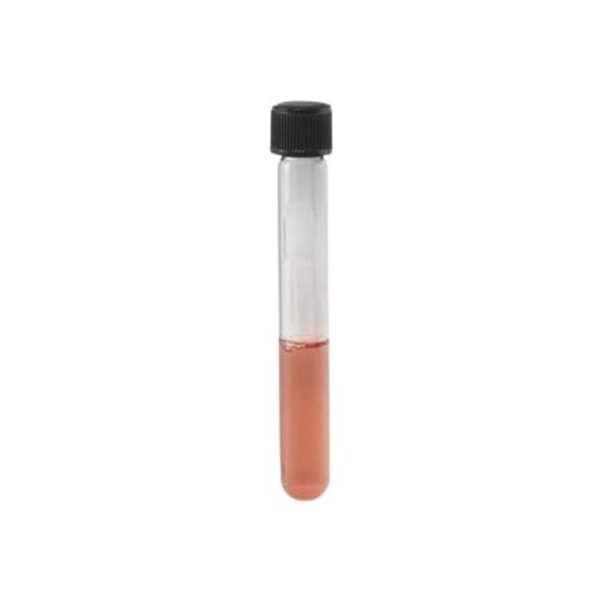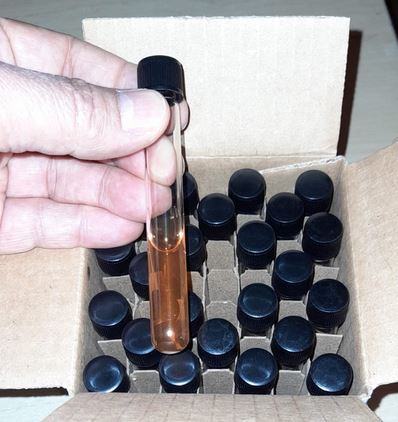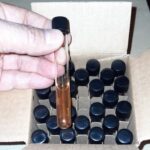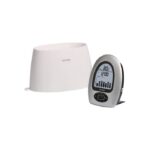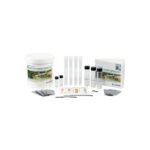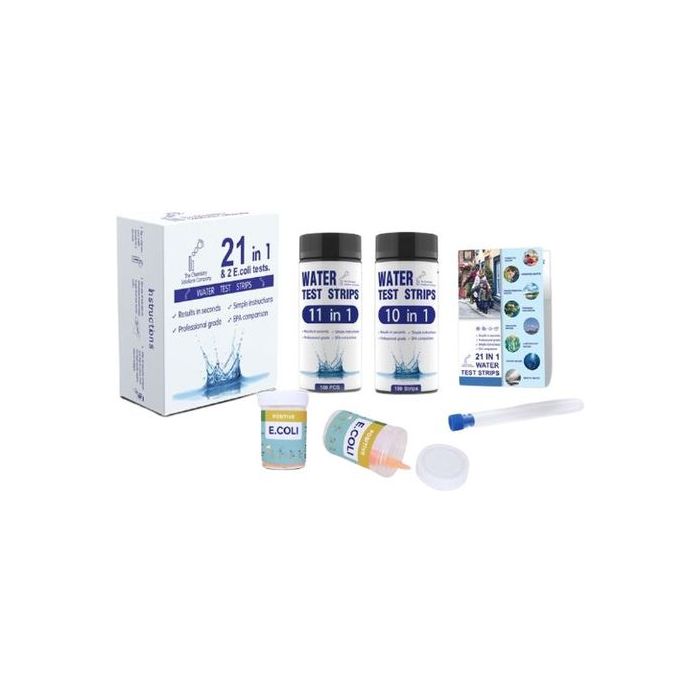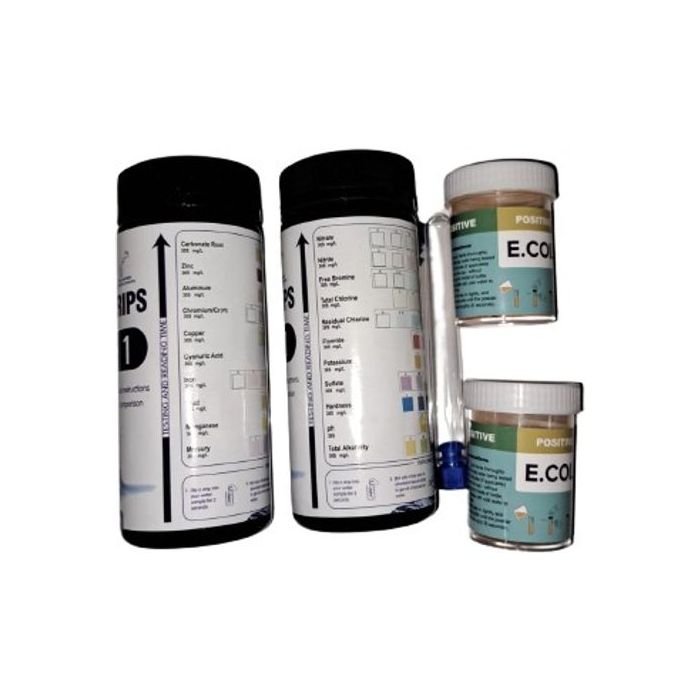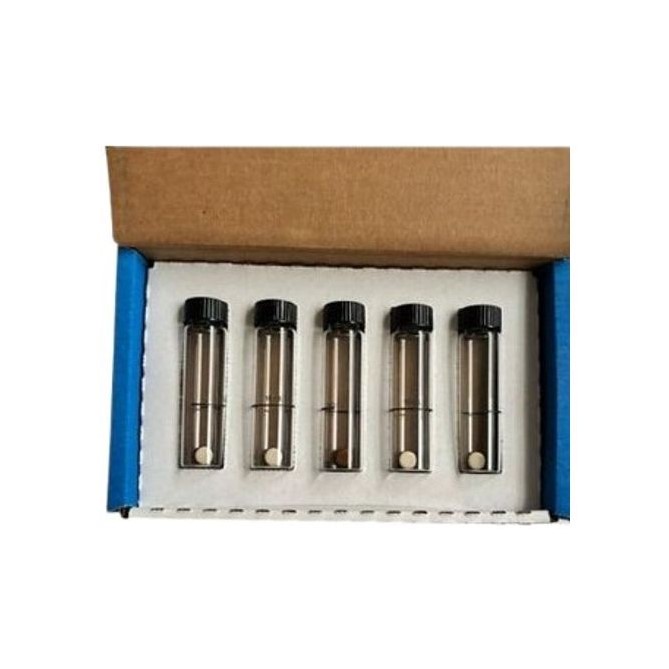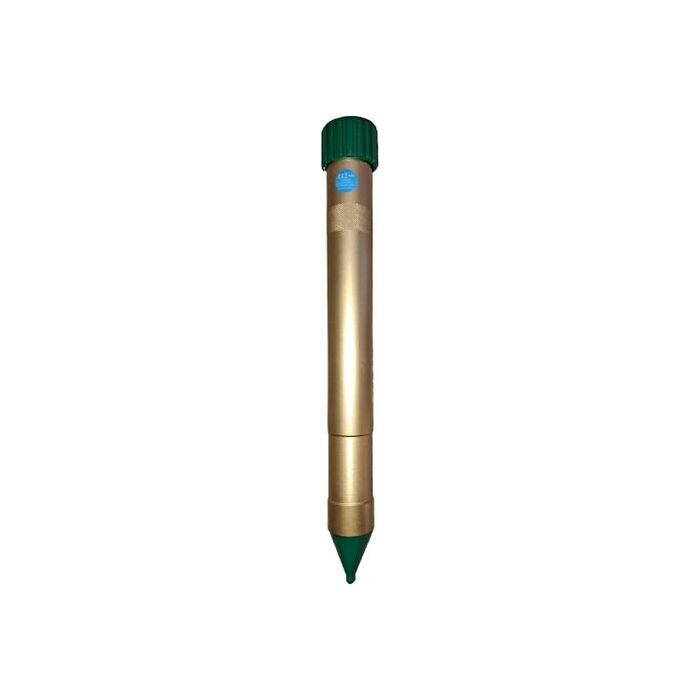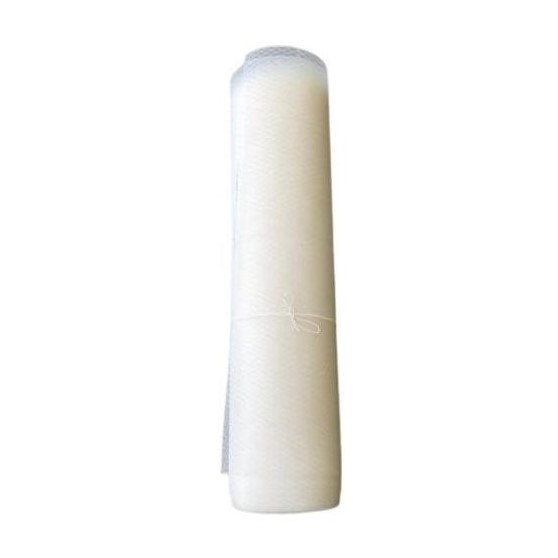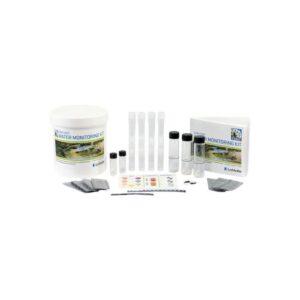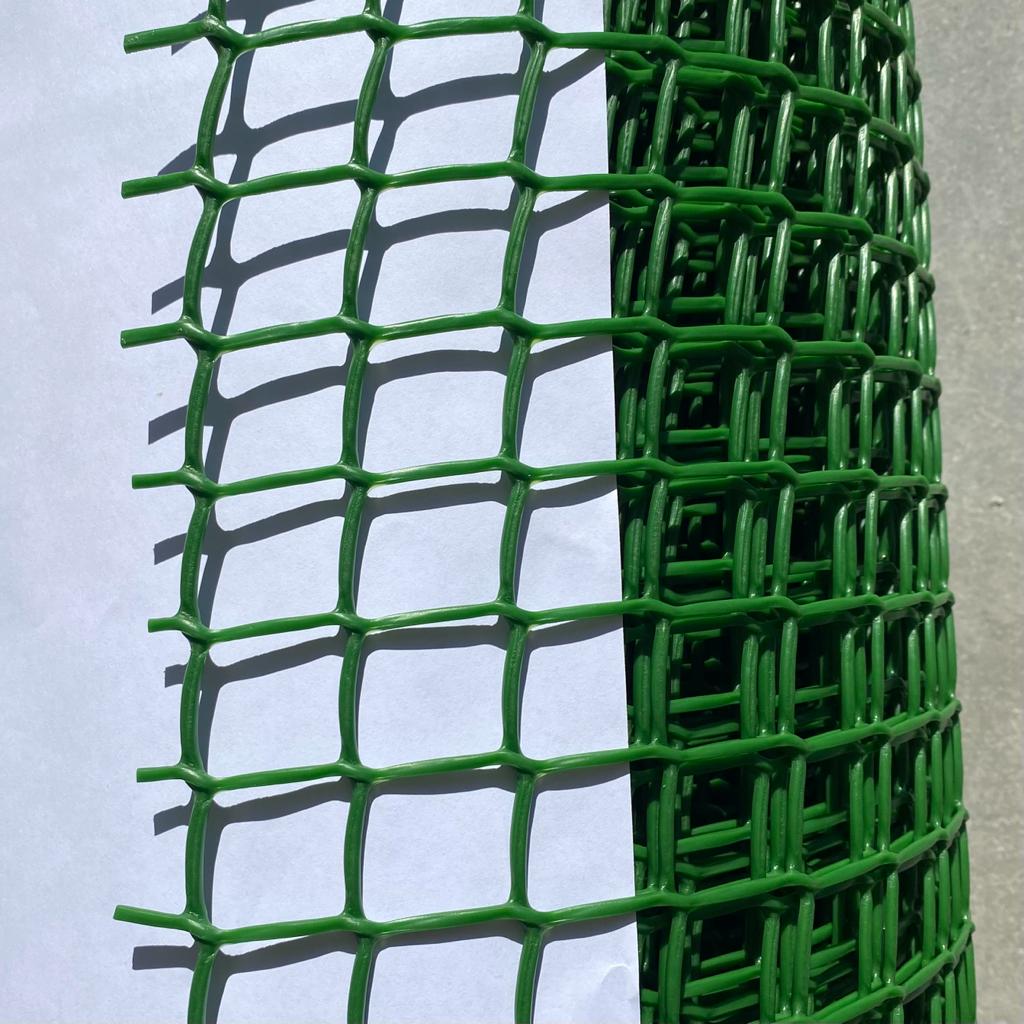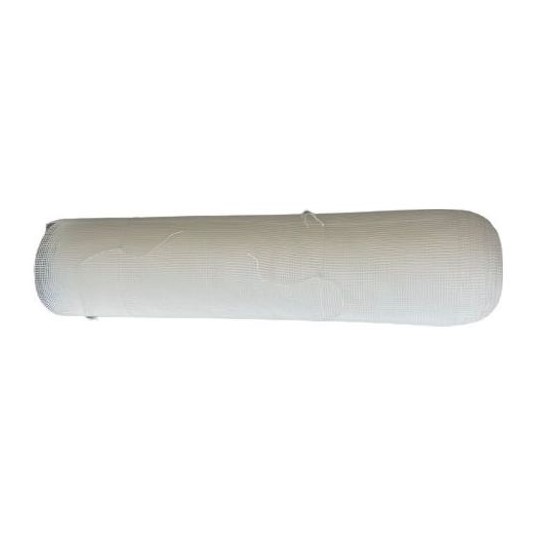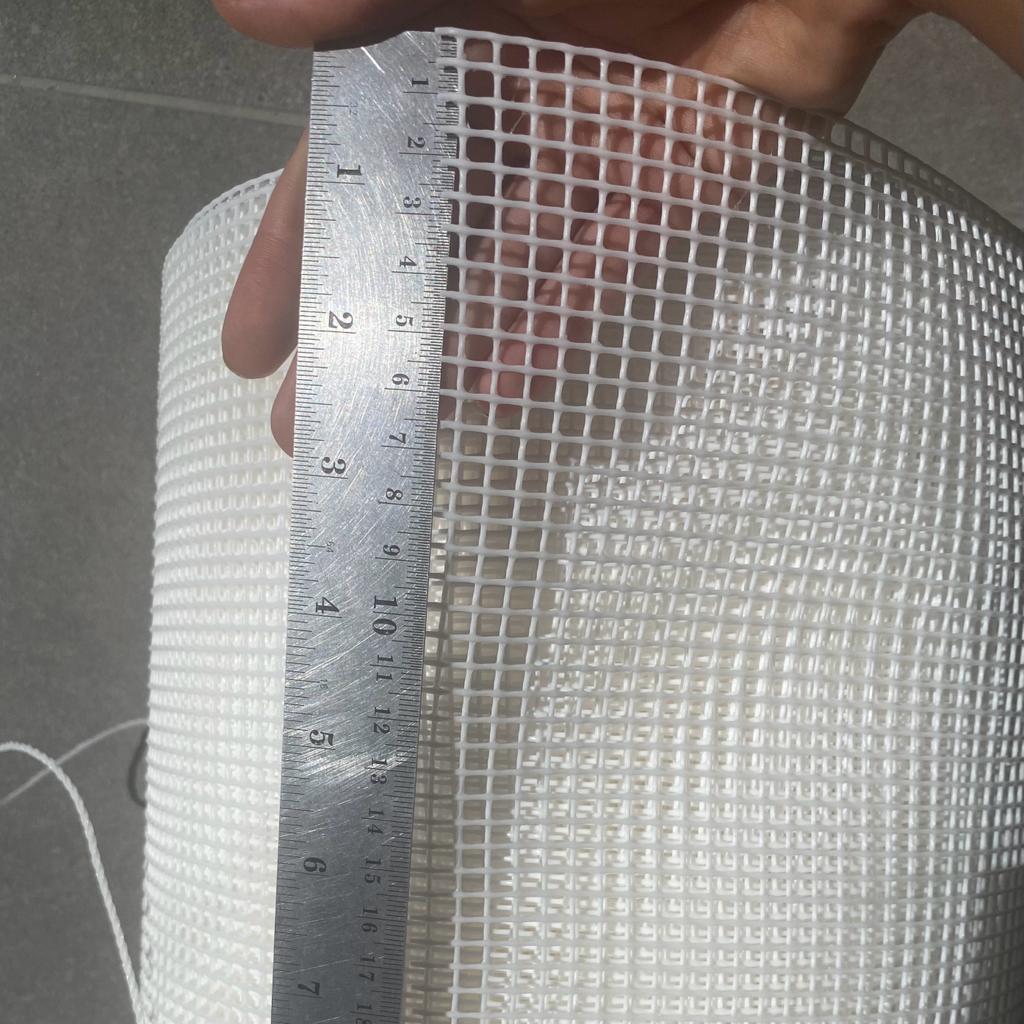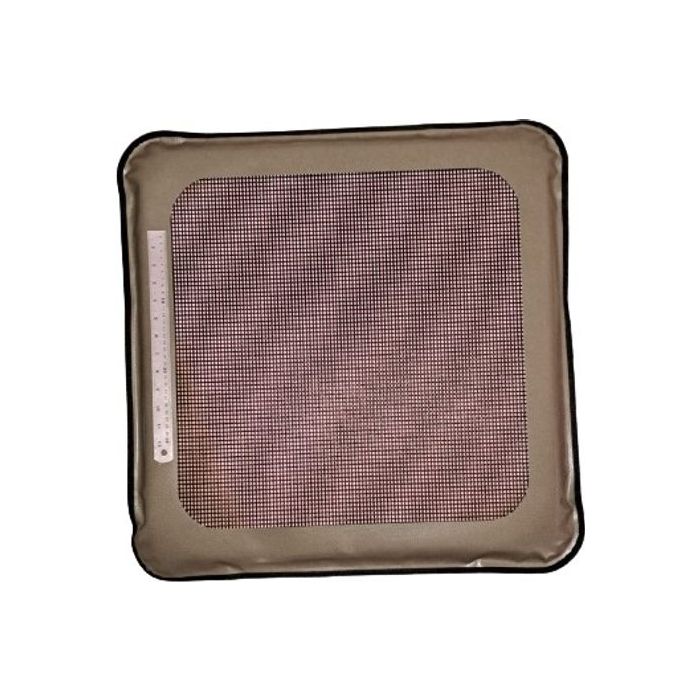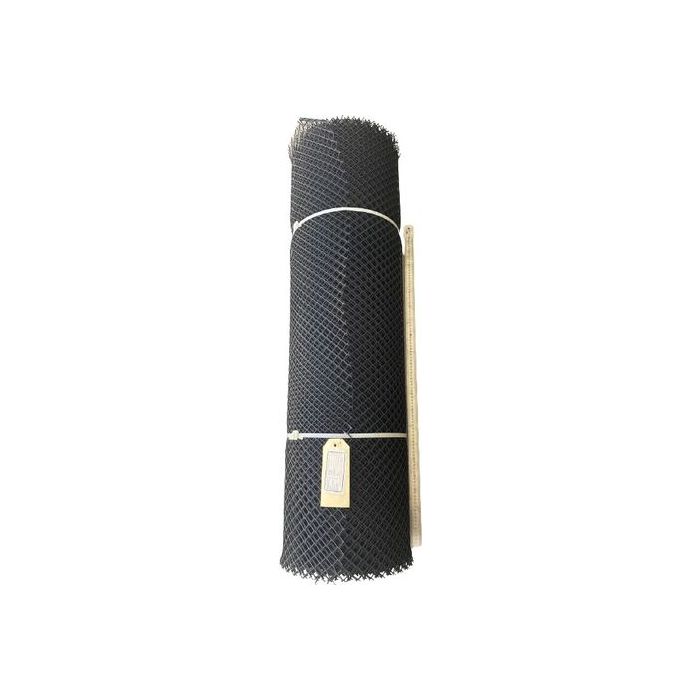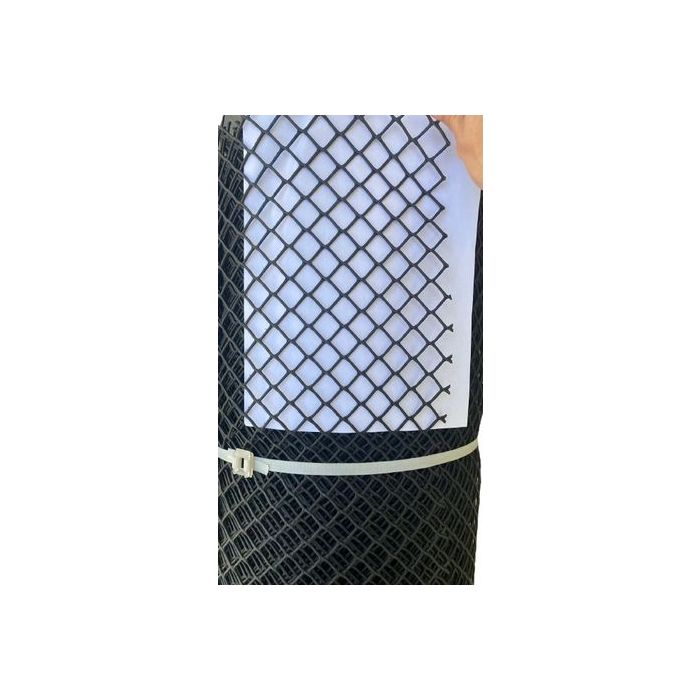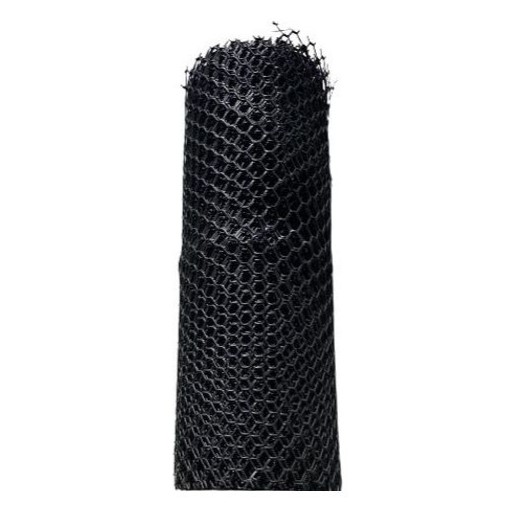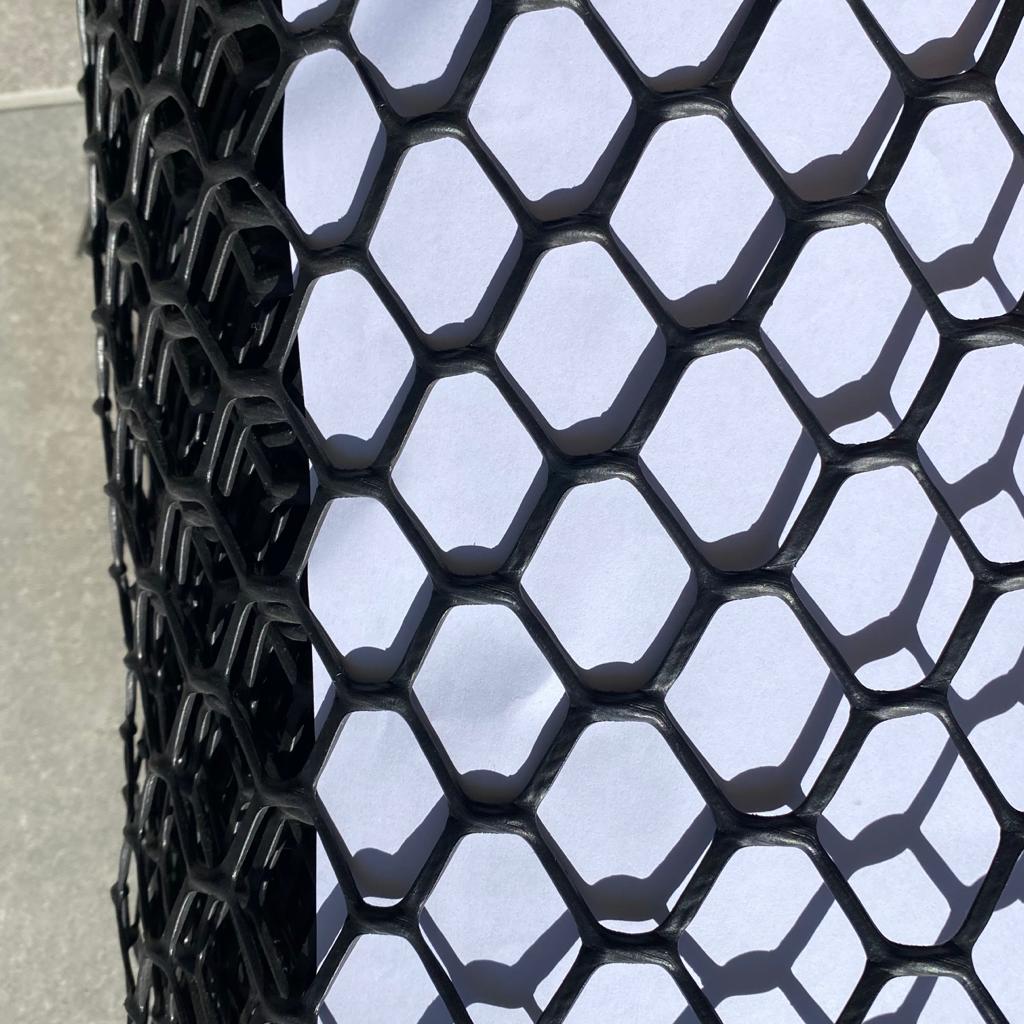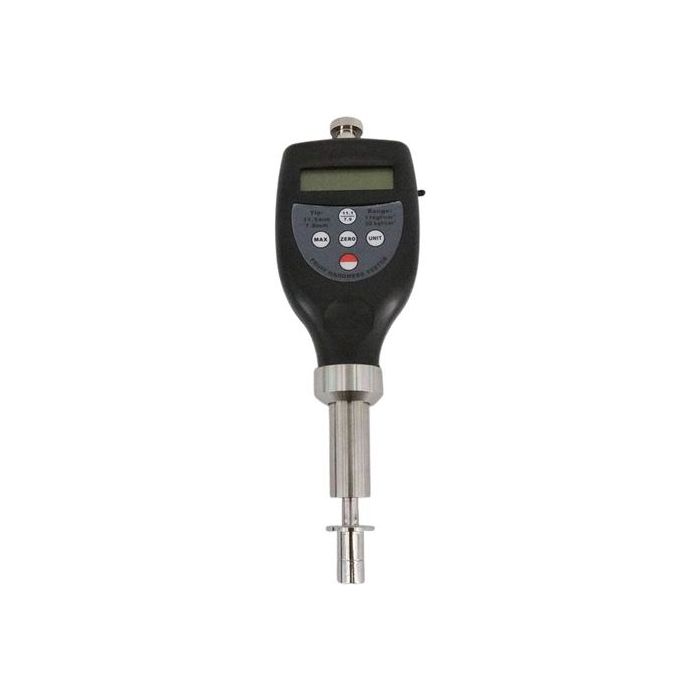Coliform test kit
R2,100.00 Excl. VAT
25 tests for presence/absence qualitative coliform test kit.
- Description
- Additional information
- MSDS safety
- Instructions
Description
Qualitative Coliform Test Kit
This is a presence/absence qualitative coliform test kit.
The presence of coliforms in the intestines of warm-blooded animals are often used as indicator organisms. Their presence may indicate a possible presence of other pathogenic or disease-causing organisms. This economical and easy to use kit allows students to test for coliforms by adding a small amount of collected water to a sample tube and incubate for 24-48 hours. A distinct color change indicates that coliforms are present. The coliformkit includes instructions and 25 Lactose tubes to perform 25 tests.
Additional information
| Weight | 1 kg |
|---|---|
| Dimensions | 15 × 15 × 15 cm |
IS5031 MSDS safety data document
INSTRUCTIONS
coliform test kit instructions
Coliforms are a broad group of bacteria found throughout the environment. Coliform bacteria may be found in soil, on plants, and in water. While these organisms are not typically associated with serious illness themselves, they are often used as indicator organisms. The presence of coliforms may indicate a possible presence of other pathogenic (disease-causing) orgnaisms. Fecal coliforms are a subgroup of the larger general coliform category. The most well-known example of a fecal coliform is Escherichia coli, or E. coli, a coliform present in the intestinal tract and feces of warm-blooded animals. When high levels of general coliforms are present in water, it is most likely the source is environmental. Rainwater, for example, may wash these bacteria from the surface of plants or from the soil and eventually carry them to a water source. Again, while these organisms are for the most part harmless, a significant presence indicates that they may have travelled to a water source and therefore more harmful organisms may have the potential to travel by the same means as well. Fecal coliforms such as E. coli are not as a rule, found growing and reproducing in the environment. The presence of high levels fo fecal coliforms usually indicates a more specific source of contamination, for example the discharge of improperly treated sewage or runoff from agricultural lands on which manure has been applied. A high level of fecal coliforms in water suggests a greater risk of the presence of pathogenic organisms than does the presence of pathogenic organisms than does the presence of general coliforms.
Water sources, especially those used for human recreation and/or comsumption, are often monitored for the presence of coliforms. General coliform tests are relatively inexpensive, easy to perform, and provide rapid (24-48 hours) results. Again, the presence of coliforms does not necessarily mean pathogenic organisms are present but simply provides an indication that there is the potential that more harmful organisms may be found in the water as well.
CONTENTS: 25 tubes coliform test broth
SAFETY: Safety Goggles, Gloves, Lab Apron.
1. Remove the cap of a tube of coliform test broth. Be sure to handle only the cap. Do not touch the rim of the tube after the cap is removed.
2. Using a graduated pipette, or similar, add 1 mL of your collected water sample to the tube of coliform test broth.
3. Place the cap back on the tube, again being sure not to touch the rim of the tube in the process. After the cap has been replaced, loosen it slightly by turning the cap back 1/4 turn.
4. Place the tube, with the added water sample, upright in a 35-37°C incubator.
5. Observe the tube for a color change after 24 hours. If the coliform test broth has changed from red to yellow, the water contains coliforms. If no color change has occurrred in the coliform test broth, return the tube to the incubator for another 24 hours.
6. After 24 more hours (48 hours total) again observe the tube for a color change. If there is still no color change, the sample is negative for coliforms.
Note: If an incubator is not available, the samples may be left to grow at room temperature. However, if performing the test at room temperature, make your observations at 48 and 72 hours instead of 24 and 48 hours.


